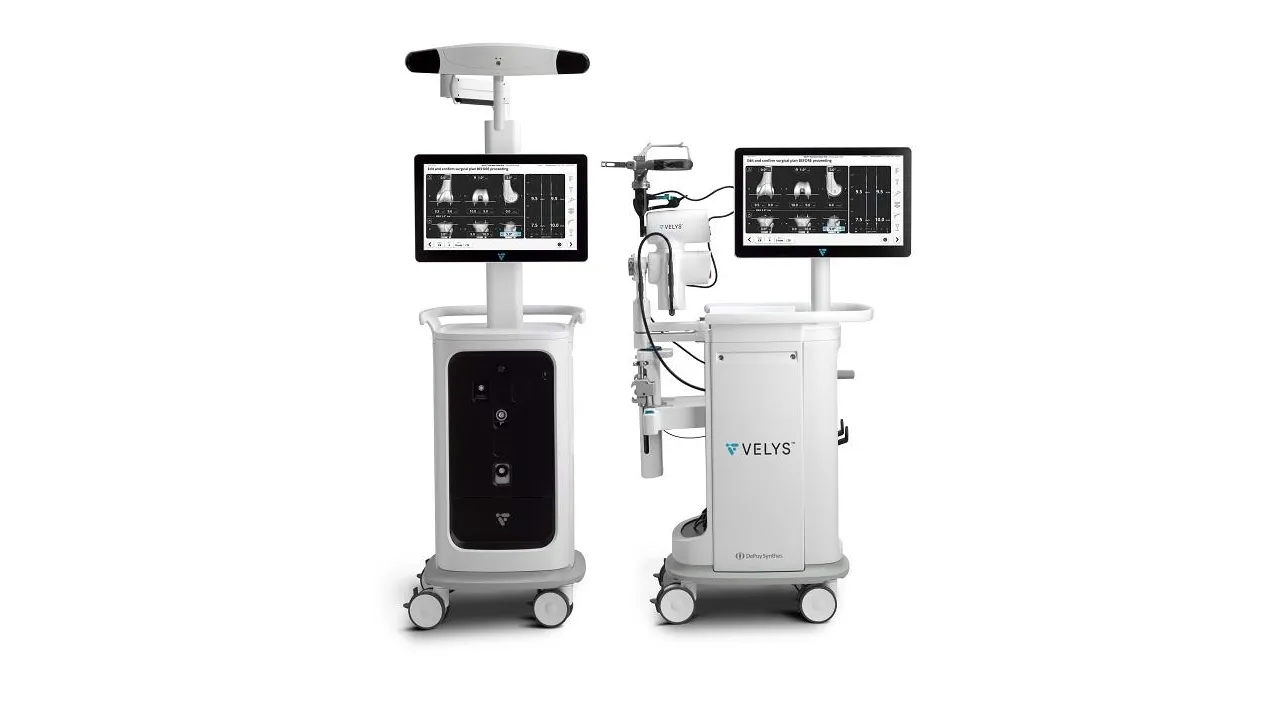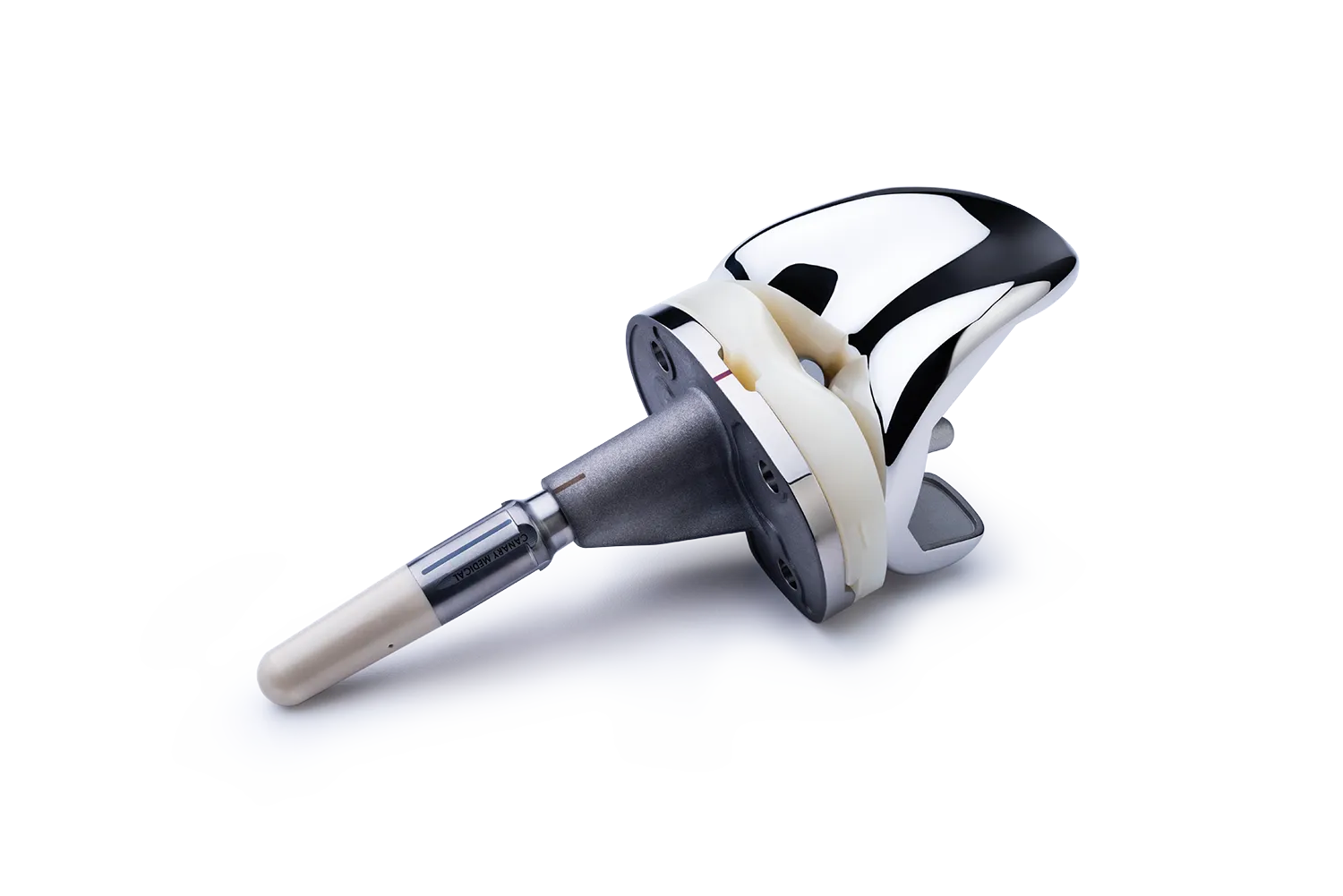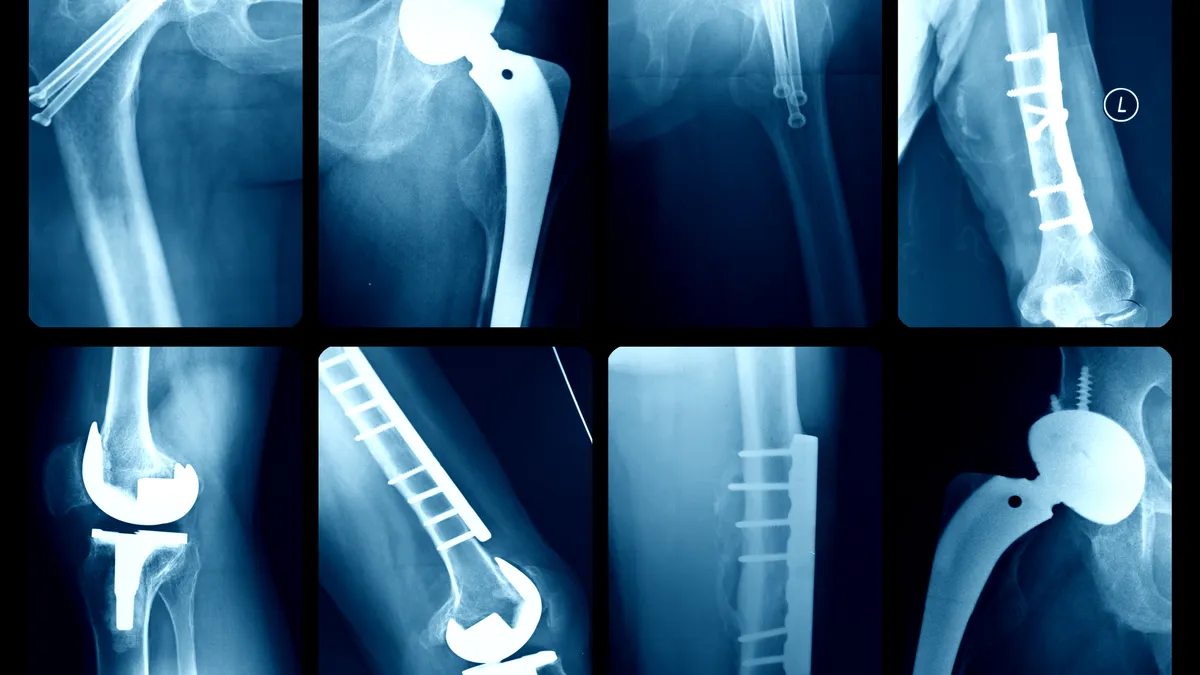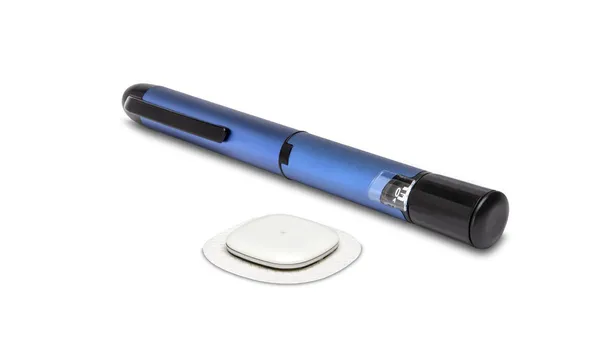Orthopedics companies are preparing for a return to normal after a few tumultuous years influenced by the COVID-19 pandemic.
Last year, the medtech industry benefited from a “huge backlog of patients and pent-up demand, particularly for knee and hip replacements,” said Ryan Zimmerman, an analyst with BTIG. The year also brought big spine mergers, including the $3.1 billion tie-up between Globus Medical and Nuvasive, as well as planned spinoffs in the sector.
Going into 2024, orthopedics companies face questions about whether they expect the procedure backlog to continue, how they’re pricing equipment amid inflation and tight hospital budgets, and how new technologies will shape the market.
MedTech Dive interviewed orthopedics executives and surgeons about their expectations for this year. Here are five trends they’re watching:
1. Procedure backlogs won’t be a big factor
Orthopedic procedures were delayed during the pandemic, as they were considered elective surgeries. The resulting backlog has led to strong demand for knee replacements, hip replacements and other surgeries, benefiting companies including Stryker and Zimmer Biomet last year.
Whether that backlog continues through 2024 remains to be seen, but companies said they are not including it in their forecasts. Zimmer CEO Ivan Tornos expects a “wonky” first quarter, and “as we think about the rest of the year, we don’t count on backlog,” he told investors at the J.P. Morgan Healthcare Conference in San Francisco earlier this month.
“For a while, [the backlog] was massive. Patients were coming in every day... I still think we are seeing some of it.”

Michael Ast
Orthopedic surgeon and chief medical innovation officer at HSS
“We don't think it is as meaningful as other people expect,” Tornos said. “It’s not that you can bring all of those patients every quarter.”
Aldo Denti, group chairman for Johnson & Johnson’s Depuy Synthes, also expects the backlog to be less of a factor later in the year.
“In orthopaedics, we see tailwinds in the first few quarters of the year but expect procedural volumes to normalize towards the back half of the year,” Denti wrote in an email to MedTech Dive.
Michael Ast, an orthopedic surgeon and chief medical innovation officer at the Hospital for Special Surgery (HSS) in New York, said that the backlog has slowed down.
“For a while it was massive. Patients were coming in every day,” Ast said. “I still think we are seeing some of it.”

2. Device-makers grapple with pricing
The high freight expenses, supply chain instability and inflationary pressures that drove up costs last year have started to stabilize, BTIG’s Zimmerman said.
“A lot of companies have put pricing increases in place to account for the inflationary impact that we’ve seen,” he said in an interview.
Sometimes, companies have been able to push back on providers or offer new products that have a higher average sale price, which investors view as a positive, Zimmerman added.
Brad Cannon, global president of orthopaedics for Smith & Nephew, said inflation has affected every part of the industry.
“Sometimes, your prices are being increased and sometimes you’re passing them along,” Cannon said. “You just want to be really diligent and conscientious about it.”
The company is focused on solutions that can help facilities with productivity and reduce costs. But when it comes to outright price, that’s tied to the market, according to Cannon.
“We're doing a lot of work with our suppliers to try to take cost out of the system to make sure that there are fewer costs to pass along. But the reality is there's tremendous, tremendous pressure still and inflationary pressure that we're having to absorb and or make plans for.”

Brad Cannon
Global president of orthopaedics for Smith & Nephew
On the provider side, that results in difficult decisions about what types of devices to pursue. Bill Ritchie, a surgeon with New Mexico Orthopaedic Associates, recently had a meeting about a new implant to assist with rotator cuff tears.
“It is so expensive that the company themselves tells us that if you want to do this, do it at the hospital, where the reimbursement is higher,” Ritchie said.
At a physician-owned ambulatory surgery center, “not only could I not get this by our exec board, but I wouldn’t want to lose money on it.”
HSS’ Ast said rising costs and pressure from insurers also puts pressure on device companies.
“It’s not like manufacturers can go sell to someone else,” Ast said. “The problem is, if you show up at the hospital and ask for a 40% increase in price because it costs you more to do, those products will never get to the patients, because the hospitals simply can’t afford it.”
The onus is on device manufacturers to prove that the extra expense of a new technology is worth it, Ast added.
3. Surgical robots and personalized care
Orthopedics companies currently offer surgical robots for knee, hip and spine procedures, and are working on expanding into other indications. Zimmer and Stryker are both working on robotic systems for shoulder replacements.
Stryker executives said in September that they expect to have the shoulder indication by the end of 2024. Zimmer hasn’t provided a specific timeline but has “repeatedly expressed a commitment to being the first company with a robotic shoulder system in the U.S.,” BTIG’s Zimmerman wrote in a research note.
Currently, Stryker holds the majority share in shoulder replacements at 27%, followed by Zimmer (17%) and J&J (14%), Zimmerman wrote.

J&J’s Denti said the company is working on developing new applications for its Velys robot for spine and partial knee replacement, and he expects the latter to “address many unmet needs our competitor systems are not addressing.”
Since J&J launched its Velys robot in the U.S. in 2021, about 13% of Attune primary knees have been robotically enabled, Denti said, making the system “an indispensable enabler of growth for our business.”
Another company, called Canary Medical, has been partnering with Zimmer to put sensors in knee implants that can measure patients’ gait, steps and range of motion. The “smart” knee implant has been in a limited launch since it was cleared by the FDA in 2021, as the companies collect enough data to show where a patient is in their recovery using these metrics and flag physicians if a patient seems to be falling behind.
In the future, Canary CEO Bill Hunter sees the potential for preoperative monitoring, robotics and postoperative technology to work together.
“Someday our knee needs to talk to the Rosa robot and influence whether or not you do a particular procedure,” Hunter said. “I think that's what you're going to see over the next few years, is that all these interesting technologies … need to be meshed together in order to harness the true power of all this data collection.”
HSS’ Ast described this ability to help patients achieve their goals using this data, from deciding on the type of surgery to the positioning of the implant, as the “holy grail of orthopedic procedures.”
“What excites me more than any particular technology or particular implant is the ability to start quantifying what we do, gathering data in aggregate and starting to learn how to make better decisions for patients over time,” Ast said.

4. More procedures move outpatient
Today, more hip and knee replacements are done in hospital outpatient departments and ambulatory surgery centers (ASCs). The shift has been driven in part by the pandemic and changes to Medicare payment policies.
At a hospital like HSS, for example, about 30% of hip and knee surgeries are done outpatient, said Ast, who does the majority of his surgeries in that setting. Before the pandemic, that number was closer to 1%.
Eventually, Ast expects about half of hip and knee replacements will be done outpatient. The exception is revision surgeries, which require complex medical care.
Ritchie, whose practice has a partial ownership stake in an ASC called New Mexico Surgery Center Orthopaedics, also expects the number of procedures done in surgery centers to increase over time.
Ritchie said procedures “are substantially up,” and have been increasing every year — except for 2020.
“In our group, probably close to 90% of knee replacements are done at the surgery center,” Ritchie said. “I think shoulders will grow fairly close to that.”
Last year, the Centers for Medicare and Medicaid Services added total shoulder replacements to its ASC-approved list, meaning Medicare started covering the procedure in that setting in January.
“I've been doing a fair number of [shoulders] outpatient, but not a majority,” Ritchie said. He expects that to change.

Device makers have been catering to ASCs with dedicated sales teams. Zimmer’s Tornos said the company has more than 500 contracts with ASCs around the U.S. About 10%-15% of the company’s sales are in an ASC, and about a third of robots are placed in an ASC.
J&J’s Denti expects upwards of 20%-30% of all orthopedic procedures to be done in ASCs in the next decade.
“We estimate up to 15-20% of our Joint Reconstruction procedures are already occurring in the ASC setting,” he wrote in an email. “We believe that the hip and knee penetration in ASCs is 10-15% currently and that will continue to climb over the next 3-5 years.”
Michael Carter, general manager of Medtronic spine and biologics, also expects the shift of spine procedures into ASCs to “continue at a moderate pace.”
Most of those procedures are in the cervical spine space, while fewer are in thoracic and lumbar, Carter wrote in an email.
5. M&A in spine
Last year brought several changes to the spine market as companies announced planned mergers and divestments. Globus completed its $3.1 billion purchase of Nuvasive, Orthofix and SeaSpine merged, and Zimvie announced plans to sell its spine business for $375 million less than two years after spinning out of Zimmer.
The changes have “created opportunity for many other players who are seen as more stable,” Zimmerman said in an interview. He listed Medtronic’s spine business and Alphatec Spine as two companies that have been able to capitalize on the disruption.
“It's not just a shuffling of the deck. There is consolidation going on in larger players who would offer enabling technology and ecosystems,” Zimmerman said.
Medtronic Spine has gained market share in the past two years, and “our trajectory points towards further solidifying our position as a market leader throughout 2024 and beyond,” Carter wrote in an email.
He added that “It is a really exciting time in Spine and we welcome all the dynamic changes that we are seeing in the market.”




















